Isolation Training
Locked down, cast out, alone and together, together and alone.
Photos by FoAM, including Dark Ecology, Circuitbreaker, and research retreats between 2010–2023.
Growing worlds in the quiet
In a world intensely connected yet plagued by loneliness, there is real value in learning how and when to be alone. Intentional isolation can be a pharmakon, the poison reworked as a remedy. By harnessing the positive aspects of solitude, you can mitigate the potential risks.
Locked down, the silence within
The door slams shut. In the early throes and social spasms of COVID-19, we saw a shockingly abrupt redefinition of social norms, prompting a reevaluation of the plausibility of large-scale isolation. Once reserved for extreme scenarios, the lockdown became, quite suddenly, a strategy in the toolbox, a weapon in the armoury, named and recognised and ready to go.
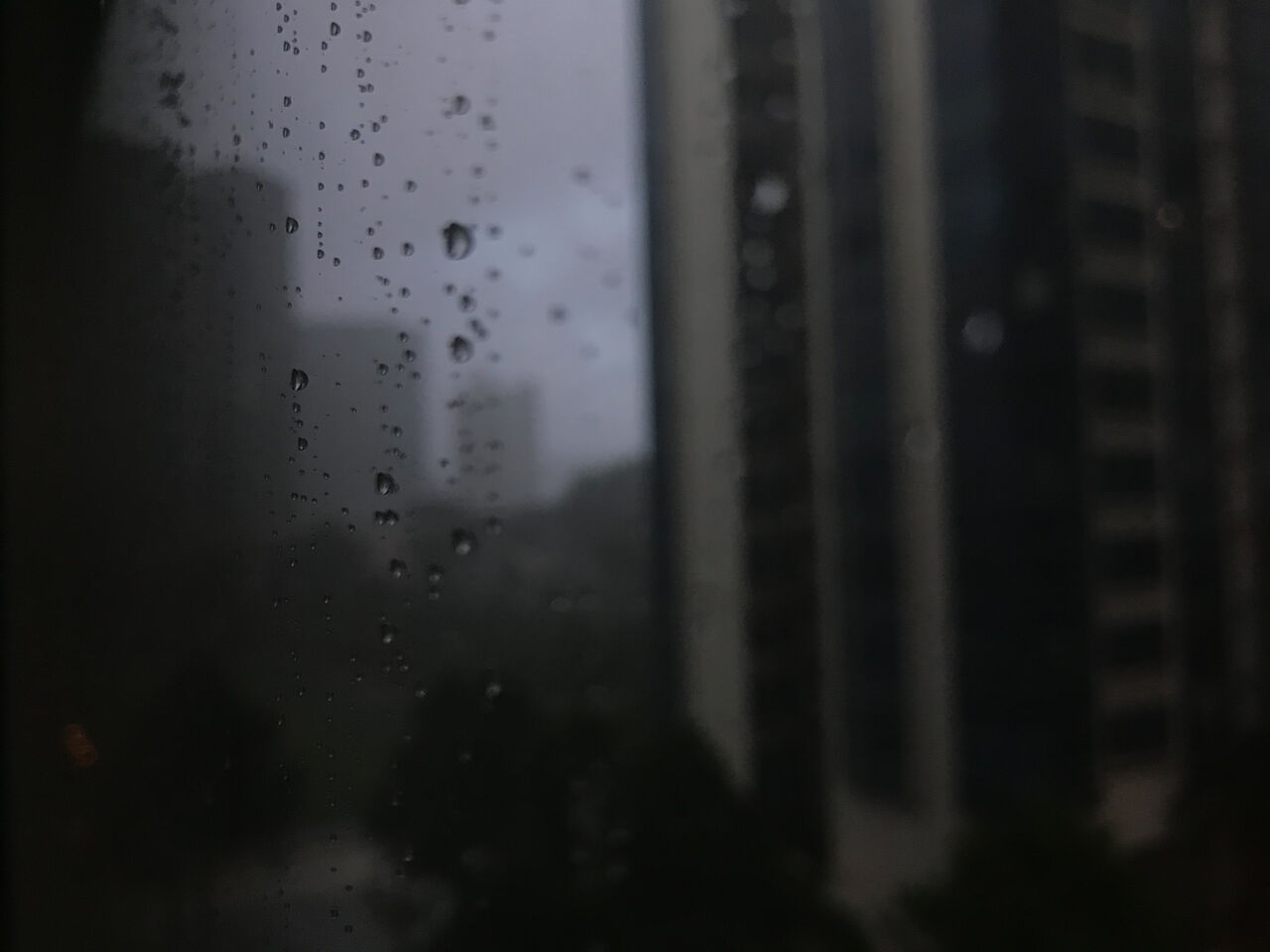
Cast out, resilience in extreme environments
Human endurance persists through expeditions, simulations, and scientific experiments; consider astronaut training, solo sailing voyages, and military drills; lighthouse keepers and field geologists; journeys to the world’s outermost extremities, simply because they’re there, breath-warmed fingertips and frostbitten toes. What is in the camera scope varies, lone missions and singular feats concatenate with natural experiments into group dynamics, and critical teamwork in remote locations, at a great distance from the possibility of outside help, while under immense pressure.
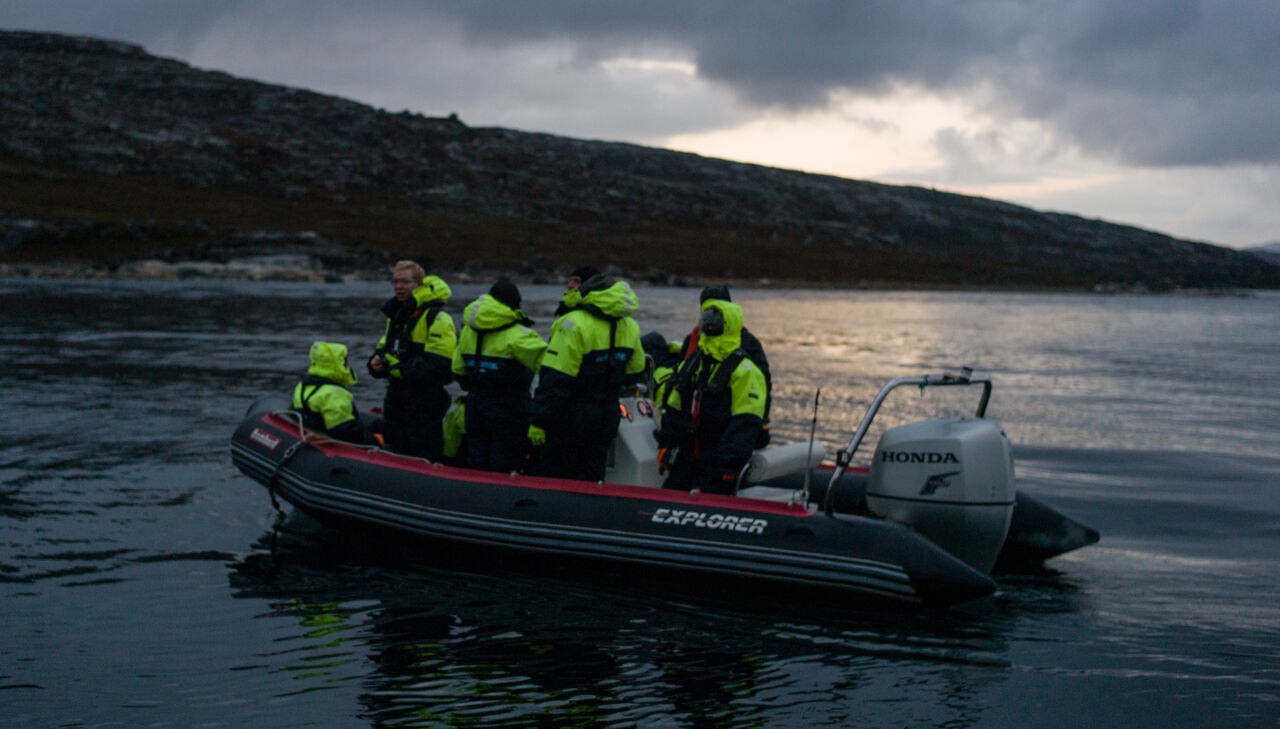
We don’t seem to use the days. Days use us. Our activities have been reduced to circling inside our homes. Life has been reduced to a few rooms. There is suddenly an anxious gulf between inside and outside, home and the world. The world is thrust into a new time, one that will usher in visible and invisible changes, and significantly alter our idea of life.Manash Firaq Bhattacharjee, The Town Slowly Empties
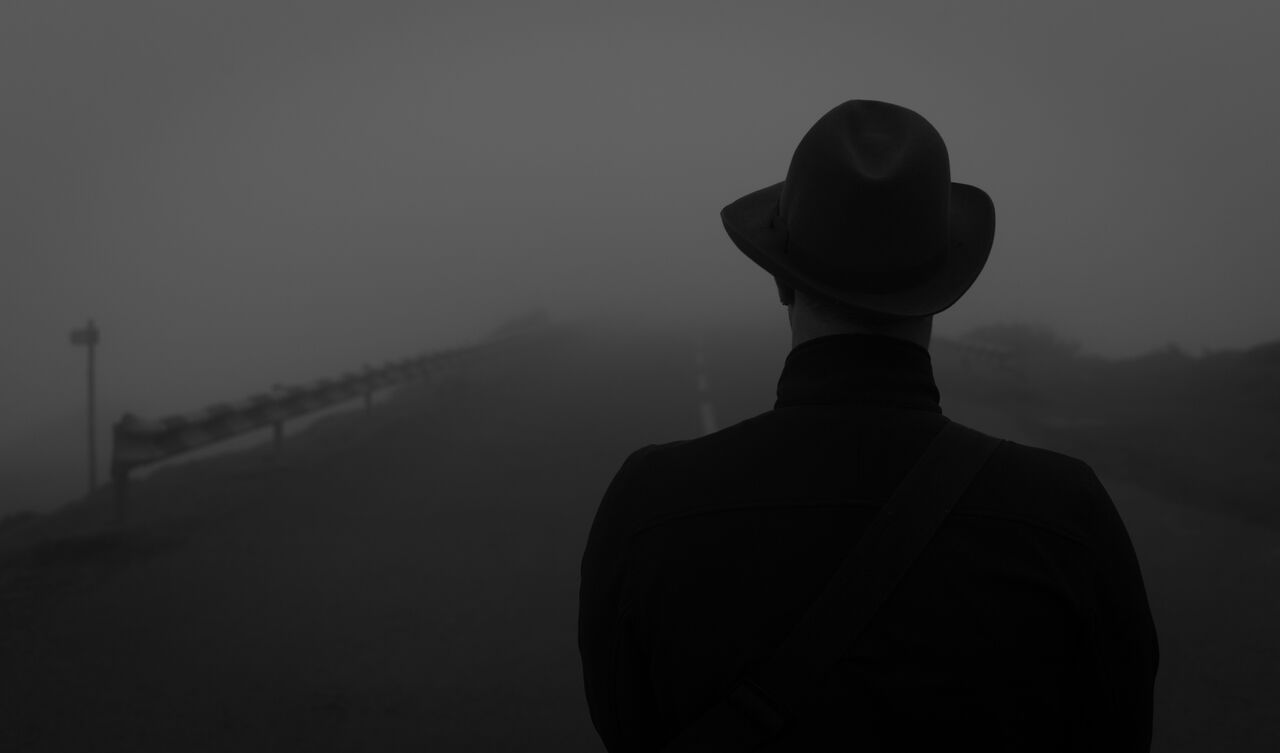
I invite you to consider isolation training as a form of callisthenics, an exercise using your own body weight as resistance, empowering practitioners to build their tolerance, developing strength and flexibility without a need for specialist equipment. An analogy largely inspired by James C. Scott’s discussion of anarchist callisthenics in his short book, Two Cheers for Anarchism, occasionally breaking minor laws and regulations to stay “in shape” for a time when circumstances may require actions contravening unjust or irrational legislation. Using what is ready to-hand, it is possible to build tolerance and develop muscles you did not previously possess; adjusting, calibrating, and correcting course as you go.
Your white rabbit, if you choose to pursue it, is a dynamic equilibrium between solitude and engagement with the external world. A cresting wave, forever on the edge of breaking; this is the eremetical life A lifestyle characterised by hermit-like activity. as continual adaptive process. Less static state than flexible stance, such a life balances outward-facing, worldly actions by incorporating and integrating contemplation, seclusion, and conscious solitude.
Consider gradients of isolation. I invite you to start slow and only later ramp up, finding small, manageable steps to begin. This might involve taking a walk, finding a moment of stillness on your morning commute, or stretching and spreading into the space left by cancelled plans.
Think of this as you would training for a sport or learning to mediate. The focus is on the practice, and your experience of the practice, corporeal and emotional, rather than any quantifiable improvements. Self-compassion is vital. Emphasise consistent practice, laying down habits and rhythms even in the face of setbacks, planting seeds and nurturing growth. This may require waking to your thresholds, learning to recognise and respond when a tipping point is reached, pulling back from the edge without over-correcting.
Acedia: a state of listlessness or torpor; apathy; a loss of purpose. How did medieval monks deal with acedia? And how does this illuminate the emotional experience of lockdowns, with heightened or numbed affects, and its implications for isolation training? For one possible answer, see anthropologist Richard D. Irvine, “This stale boredom: Acedia in a time of lockdown”.
Isolation training may require isolation trainers. Certainly, there is a role for coaching in providing structure and accountability. This need not, however, mandate a traditional coach-client relationship. Instead, you might seek to identify or cultivate virtual support networks and dispersed communities of practice; finding and holding space to share experience and insights, finding support for those navigating personal challenges or inclement conditions. Consider the social bubble, a small, exclusive group, drawn from different households, who agree to close contact with each other while maintaining distance from those outside the group. In the context of COVID-19, clustering contacts outside the household into exclusive bubbles proved a relatively effective strategy for increasing contacts and mitigating the social and emotional impact of often harsh restrictions, while limiting the associated increase in risk.
Absent human contact, there are innumerable opportunities to connect with your surroundings, baring your self to wild landscapes and the rhythms of the seasons. Can your environment be your guide?
During my time with Corona and home office I appreciated my balcony, my home, my green oasis like never before, enjoyed working at home as a vacation. In the weeks after moving into the new building, we laid out a complete garden for friends and with them it was clearly noticeable how the importance of the lockdown increased from day to day, the joy of being outside, of self-efficacy, suddenly thoughts of beehives, vegetable gardening, a huge herb spiral made of natural stone and - they were great weeks that we would not have had without the lockdown.Where birds felt louder: The garden as a refuge during COVID-19
Sometimes it makes sense to harden your boundaries in isolation, but at others, it may be better to permit the edges to soften and blur. A porous membrane, the self alone, but always connected to the external, material world. Consider how sensory stimuli become more intense in solitude. Taste the flickers and variegations in your sense of your self; feel the extension of deep-probing roots and spreading branches; appreciate the wholeness of your being, throbbing and vital, an unceasing cross-border traffic with your surroundings.
Isolation training’s eremetical life is deliberate, conscious, intentional. Earlier isolates relied on distance or remoteness to hold space for contemplation. They privileged and romanticised the wilderness, as a context uniquely suited for contemplation, and direct, unmediated contact with the divine. For example, see Kim Haines-Eitzen, Sonorous Desert: What Deep Listening Taught Early Christian Monks—and What It Can Teach Us Only when safely at arm’s length from the metropole could one sustain a simple, ascetic lifestyle, evading worldly distractions, and cultivating a deeply-felt sense of enough-ness.
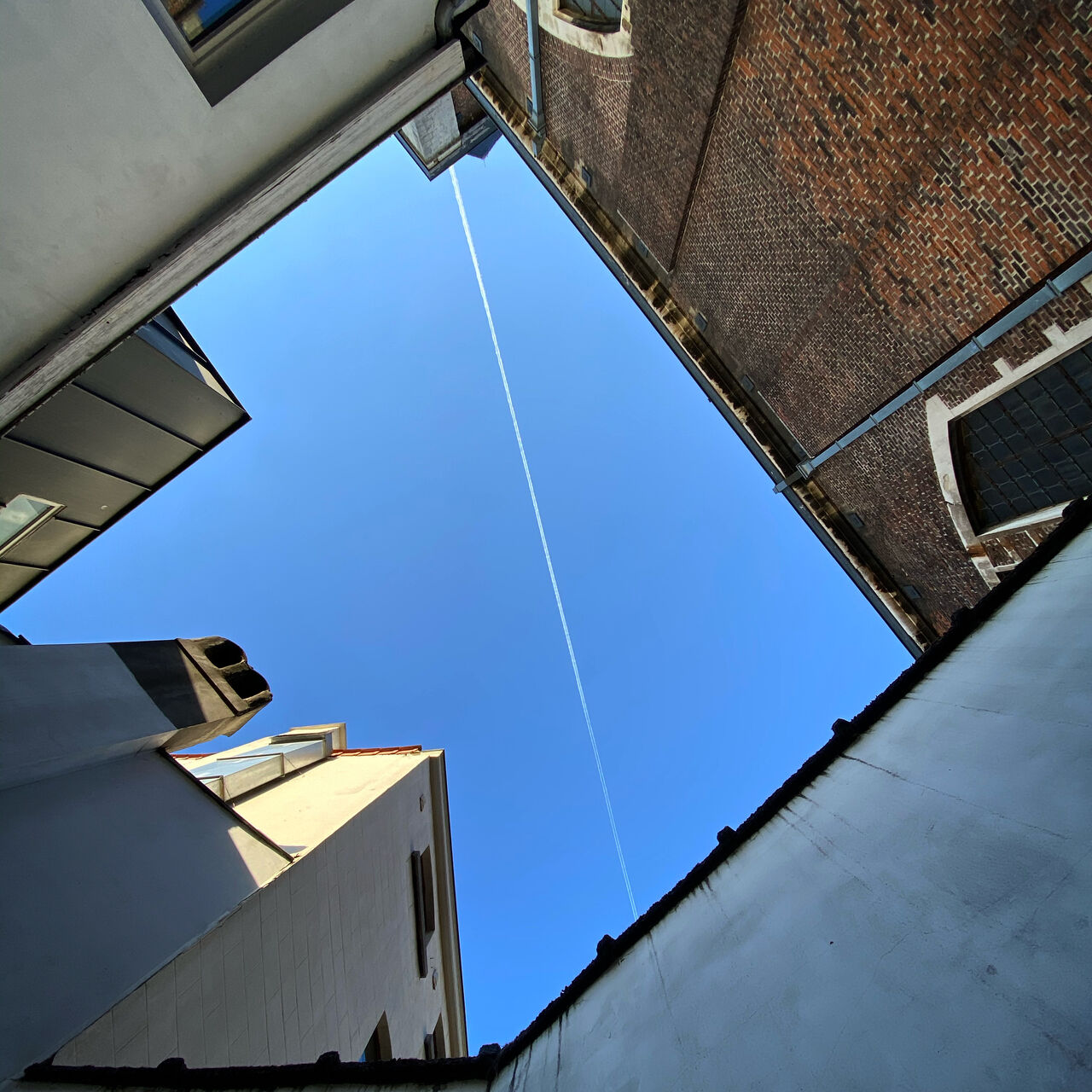
In our blazing age of Starlink and glamping, packing the van and decamping to the wilderness is at once a luxury and wholly insufficient. Isolation training must be accessible. The eremetical life cannot be a life of remote pillar-dwelling, but must also be possible in the beating heart of the city. Finding space and stillness amid daily routines might require climbing the difficulty gradient, while rewilding your surroundings; finding pockets or thickets, raw and unformed, eruptions of divine nature amid the spread, scraps, and spillages of the everyday.
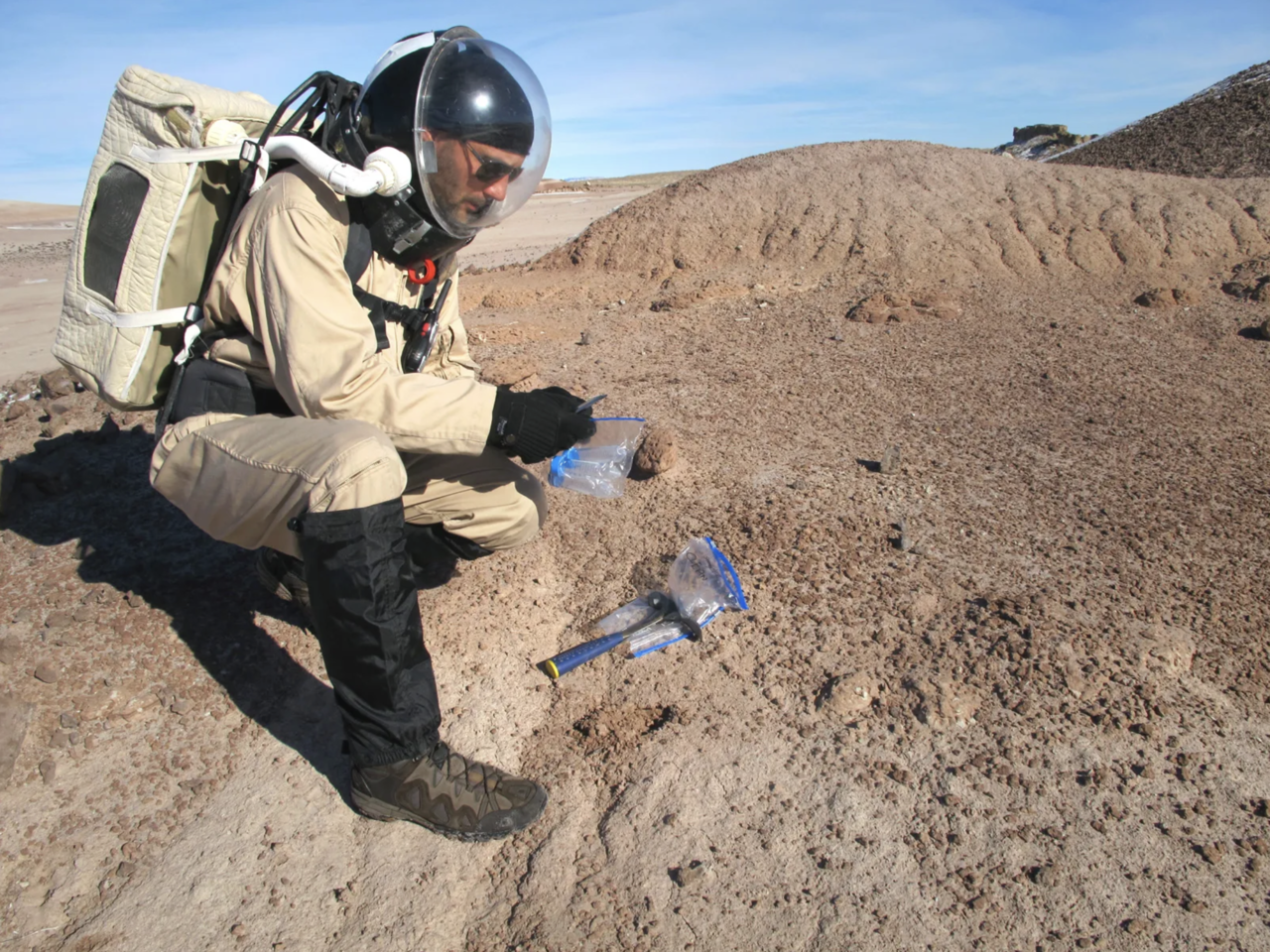
Isolation training is not about enduring solitude, but bootstrapping an environment to nurture personal and collective flourishing, through, for example, digital sabbaths, urban retreats, communal living (even if time-limited), artist residencies, and all kinds of reflective practice. By cultivating worlds in small moments, these forms reactivate and recontextualise forces that would otherwise languish, dormant and forgotten; echoes and textured details of monastic pasts passed from memory. This need not require reinventing the wheel, spinning up new institutions, but, instead, refreshing things fallen latent, alone and together, together and alone. The Art of Something Larger
In cases from North East India and Indonesia, elements of quarantine and festivity mingle and blur, as communities respond to novel pathogens with ritual practice. A ghostly ancestral mafia enforces lockdown. Gates are erected. The village or the longhouse repels outsiders, envelope, surface, skin. Dwellings become arks, suspended between earth and sky. The hangar door closes. A sprig of herbs hangs at the threshold, whipped by the wind. (See Sam Dresser, “Longhouse lockdown” and Richard Kamei, “Traditional lockdown practices in the Naga Highlands”
I do not mean to downplay or sentimentalise the experience of loneliness. Isolation training, done right, is an explicit effort to tackle such challenges head-on, finding ways to alleviate their impacts. You may be alone by choice, or by necessity, but you can learn to modulate the intensity of your feelings of solitude, even in prolonged isolation.
Cultivating worlds alone can be a singularly fulfilling experience. In a culture that elevates and celebrates extroversion and worldly engagements, those seeking time alone may find it hard to legitimise a quieter, more inwardly-focused existence, while finding few opportunities to learn how to do such well. Intentional isolation can contribute to the richness and distinction of your own world(s). This might be a matter of hobbyist practices, creative undertakings, upskilling, or exploration.
At the same time, isolation training is not about fully detaching, or severing ties. To feel the benefits of focused attention, be conscious and mindful the connections you do maintain. Consider the value of finding meaning in the small and mundane. Let the world shrink to your immediate environs, be receptive to fewer, deeper relations, umami-rich; grips and ties to hold fast in the spume of the here-and-now.
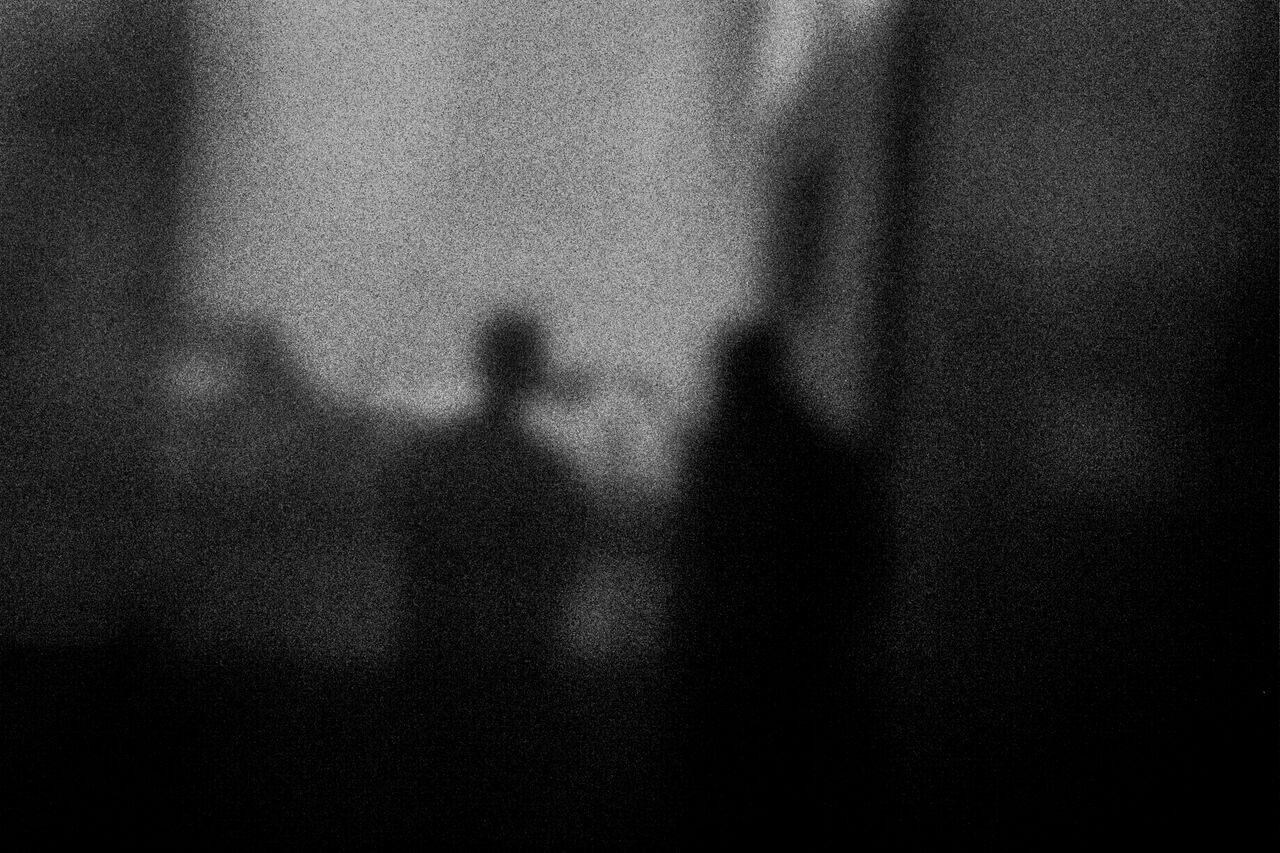
Immersion and resurfacing
For those successfully immersed in the experience of isolation, there is a significant risk in finding yourself thrown back into the outer world before you have had an opportunity to re-acclimate. As with divers, resurfacing isolates may struggle with decompression sickness. The varied pressures of transition, moving abruptly from introspection and solitude to external engagement can cause you to become emotionally “narced”, experiencing an onrush of disorientation, intoxication, and overwhelm. Think about those emerging from a psychedelic trip, an academic conference, or hiking in the wilderness. As a returnee, you are in a position of heightened vulnerability. Ways to pre-empt or actively manage these risks include revisiting the gradients of isolation from the far side. You might want to sequence a gradual, staged reintegration; slowly (re)adjusting to forces and stimuli that were missing in isolation.
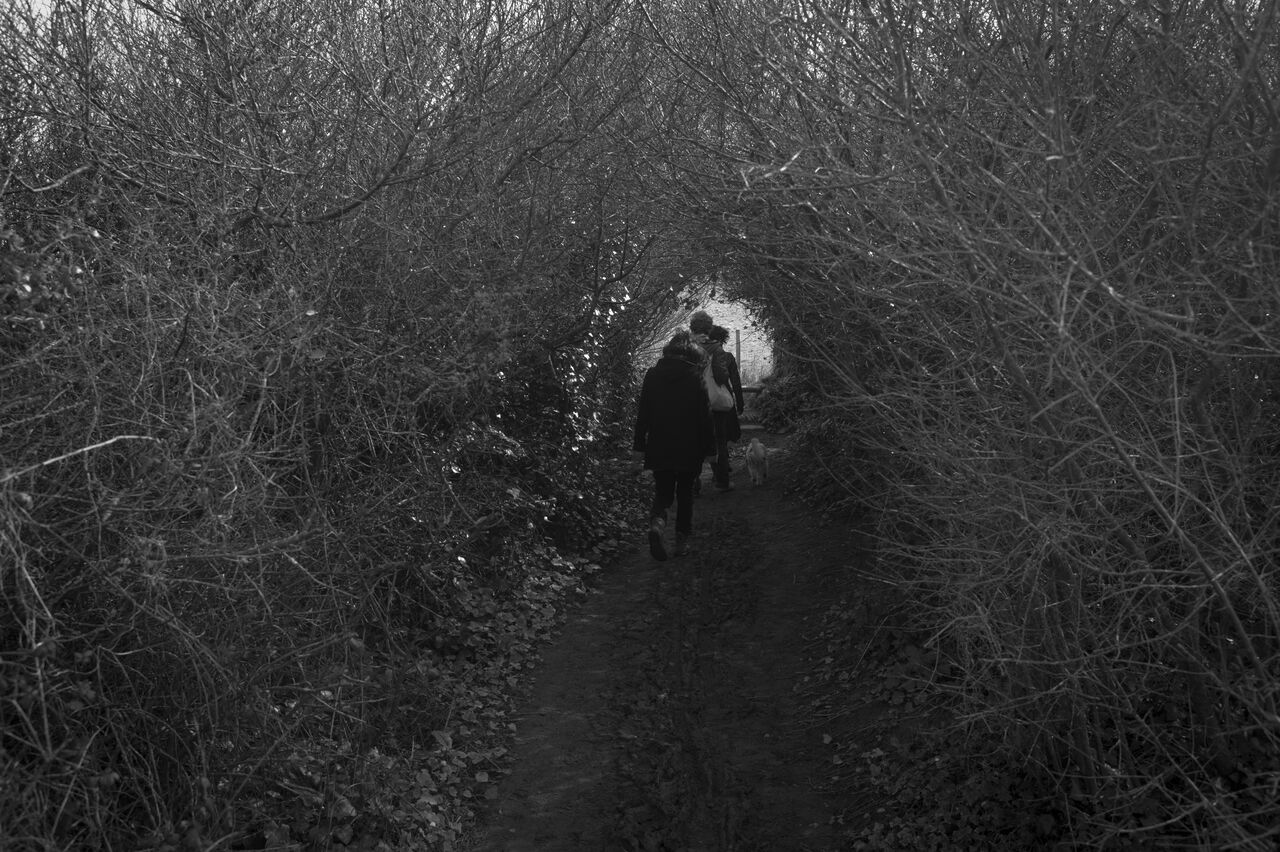
Practising isolation
How can you try some of this within the confines of your home, using only what is already to hand? Your aims may be more modest, your window sliver-brief. Even smaller versions of isolation training have value, building muscles and reflexes for those future circumstances when shit hits the fan, and everything slides sideways.
Cornerstone of the Outer Monastery Surrender to the isolation, rather than resisting its pull. Be playful, experiment, wear your solitude lightly. Try things out and permit yourself to fail. Pay attention to new rhythms. Find routines and stick to them. Find things to celebrate, milestones, moments of personal significance. Shift your boundaries to include and accommodate the non-human. Care for yourself, your broadest brethren, your surroundings. Awake to your connections with others. It’s not “your loneliness”, but a condition you share with others. Find ways to connect with those in a similar situation. Embrace your curiosity. Learn new things. Find joy in the tiniest things (the scent of tea, a full moon, the shine of a lacquered bowl…). Notice the waves of emotions, without taking ownership of them. Learn to appreciate the silence, not a void but a space of possibility.
Toppling forward into detail, flashes of that longest spring: Reorganising the pantry-turned-store-cupboard, poking at books unread, dusty shoe-boxes of old mementos, finding new spots to sit or perch, a fresh perspective on a shared interior grown stale and heavy. Later, we watched bats flitting, harem-scarum, over the backyard.
Isolation prompts
⟢ Approach multi-day family celebrations (such as Christmas) or group holidays as opportunities to learn how to be confined with others in high-pressure environments.
⟢ Stay home when you’re sick. Don soft trousers, build a blanket fort, stare at the ceiling. Stay hydrated.
⟢ Block out time in your calendar (hours or days) to be alone. Either in a confined space, or somewhere unfamiliar. Notice what you do, think, feel.
⟢ Design team building experiments where you go off somewhere together and have to be completely cut off from the world for a day or a weekend.
Isolation training fosters adaptability and resourcefulness. Isolates can learn to find comfort in being alone. Through solitude and voluntary confinement, you can come to appreciate the full impact of your environments on wellbeing and mental health, identifying specific sources of tension or friction as grounds for intervention. You can better understand the dynamics of interpersonal and small-group interaction, not just in isolated or remote extremities, but in ways that speak to the interplay of groups and settings in your everyday life. You can learn to hold the space and time you need to flourish, create, and invent; to grow your own worlds; finding immersion and flow in the quiet within.
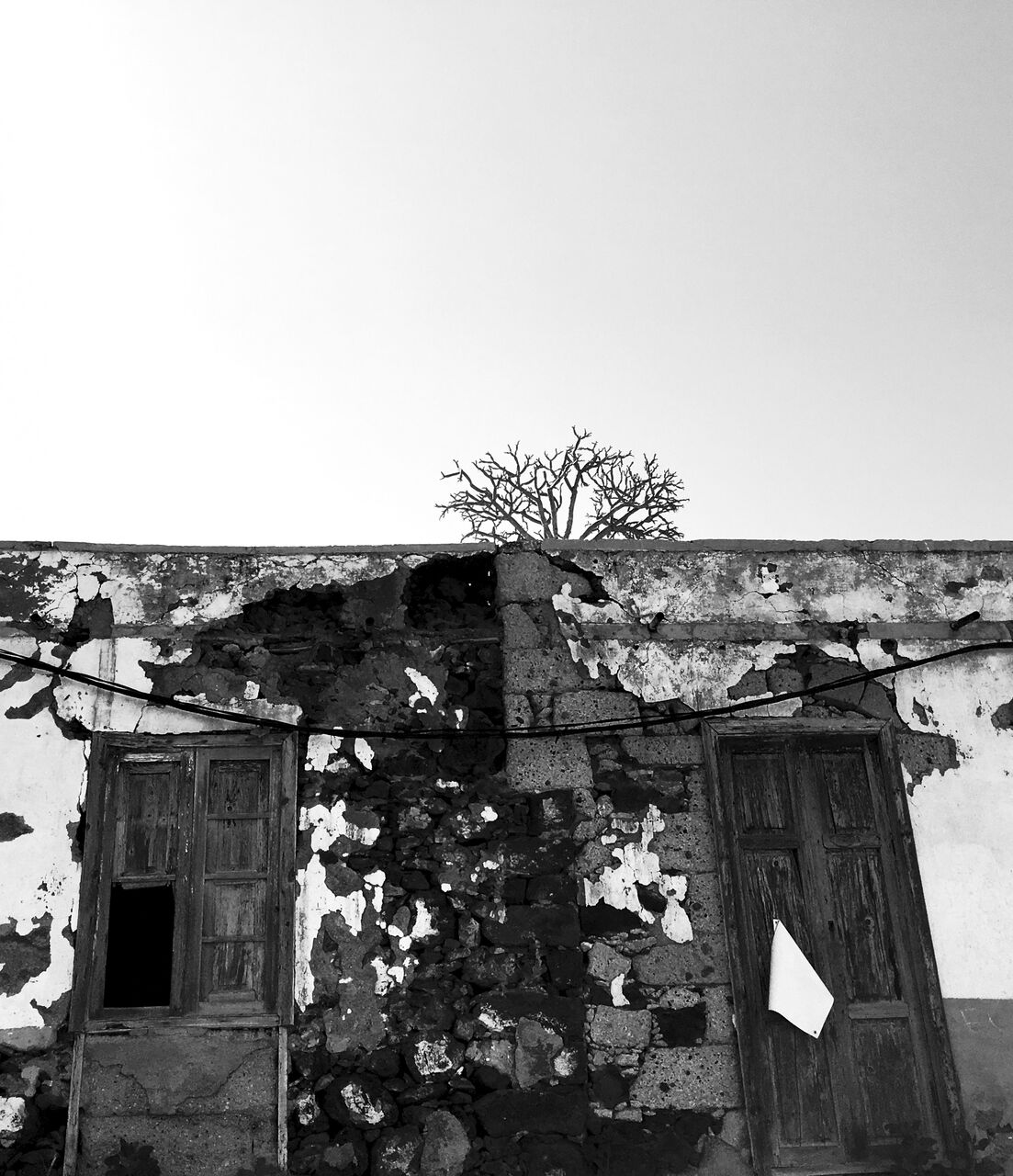
🍂